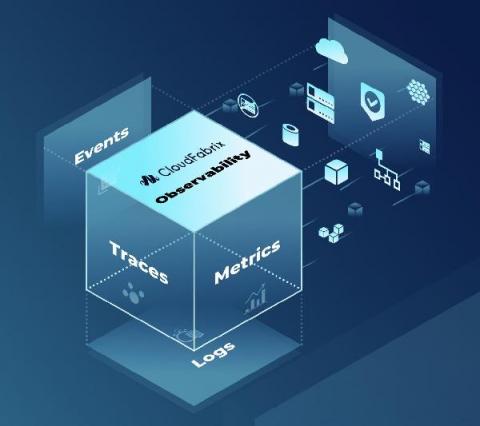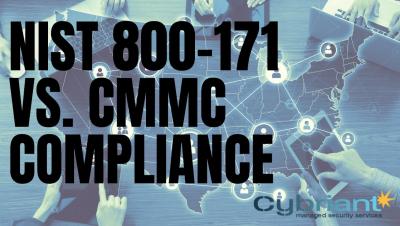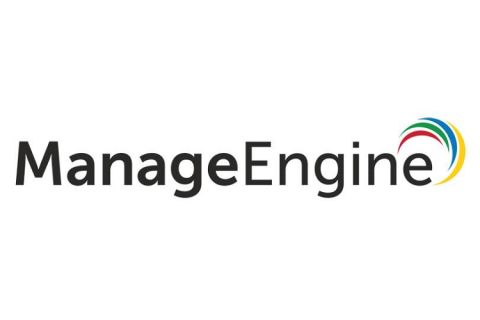Attackers vs. Hackers - Two *Very* Different Animals
The cybersecurity industry is more well-informed than most, but even so, misconceptions arise and spread, helped along by the fact that the rise in cybersecurity incidents has led to substantial “pop culture” intrigue with all things cybersecurity. One of the more harmful of these misconceptions is the conflation of “hacker” and “attacker,” terms which are treated as interchangeable. They’re not.










